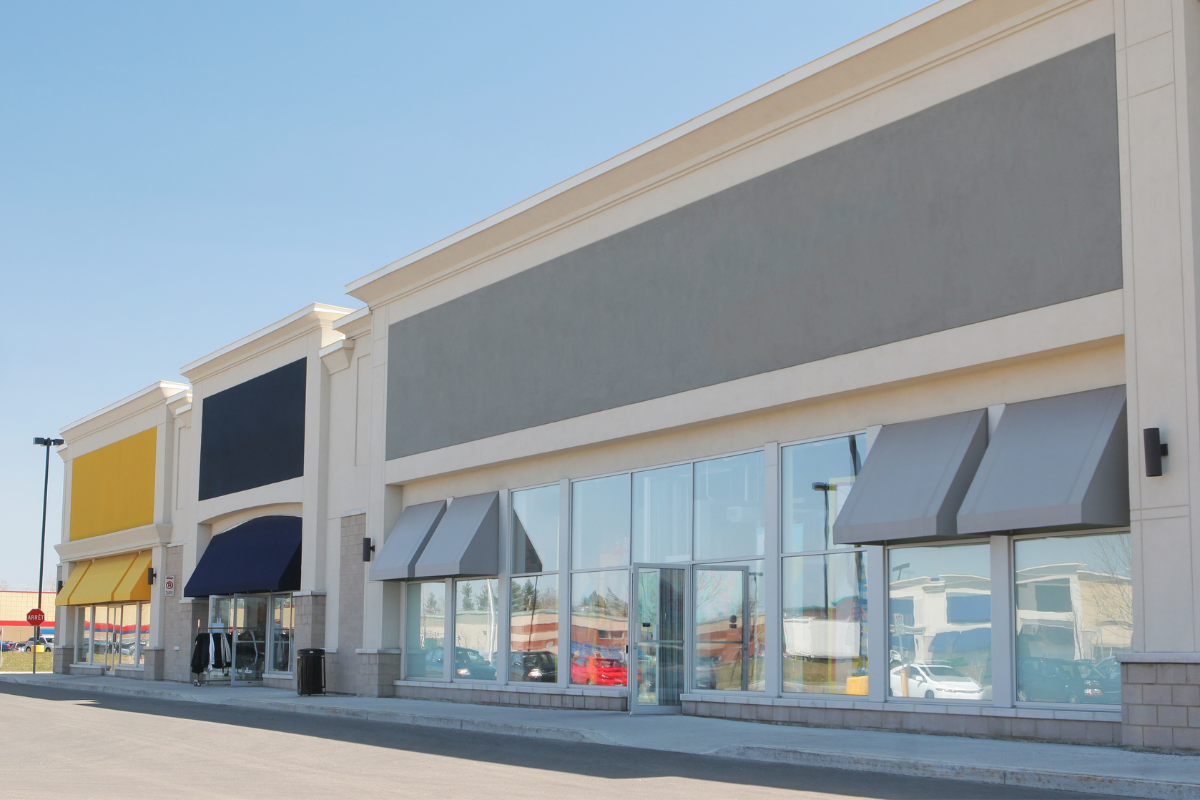US Retail Overview
Retail touches each and every one of us in daily life. When you put gas in the car, buy groceries, go the pharmacy, eat in a restaurant, see the physiotherapist or chiropractor, grab a coffee, buy apparel or items for the home or office – this is retail.
In 2021, US retail sales were up over $6.6 trillion dollars – by any account, this is a staggeringly large number. Statistically, one in four Americans works in the retail industry and retail sales account for 40% of GDP consumption.
US retail sales are a bell weather for the overall state of the US economy.
During the early days of the pandemic, US retail sales decreased as retailers had supply chains disrupted. With lockdowns and travel restrictions in place everyone needed to stay close to home and this drove domestic demand to outstrip existing limited supply – people couldn’t find a bike, paddle board or dog to purchase. As the US eased restrictions to emerge from the pandemic, production came back online and pent-up consumer demand was shown in overall US retail sales growing 3.1% in 2020 and were up again in 2021 . Another element of Covid was the re-shaping of the US workforce – remote working, career changes and early retirement created a new labor market reality where workers were in high demand. The combination of labor shortages and retail sales growth resulted in a significant spike in inflation.
With US inflation peaking at over 8.5% in early 2022, the Federal Reserve began to increase interest rates to try and reduce inflation. Five-year fixed mortgage rates increased from 3.5% in early 2022 to rates over 6% today. For a $400,000 mortgage, this reflects a monthly increase of almost $600, taking many buyers out of the market. Sales of homes nationally are down from a peak of 6.65 million in Q4 2020 to 4.8 million in Q3 2022 as a result. Interest rate increases are expected to continue in October and December with expectations of rates increasing another 1 to 1.5%.
What does all this mean for retail real estate?
US Retail Real Estate
“Retail real estate is enjoying its biggest revival in years.” – WSJ October 4, 2022
After decades of over building of retail space, the US has seen the inventory of retail space fall to 22 square feet per capita today. This is due to minimal building of new retail centres in the last decade as well as the redevelopment of some retail centres for higher density uses such as apartment, office or hotels. Developers have delivered less than 150 million square feet of new retail space annually since 2010 which is half the levels of 2008 and 2009.
For the first time since 1995, more retail stores opened than closed in 2021 – a trend that is continuing today. Even retailers that started doing only online sales such as Warby Parker, All Birds and Casper are opening multiple bricks and mortar locations. This is driven by multiple factors: costs of attracting online shoppers have increased significantly, US consumers prefer in store shopping to online shopping and the store provides brand awareness as well as last mile fulfillment for online purchases, returns or exchanges. Online sales peaked at 16% of total US retail sales in 2020 and have trended downwards to just over 14% at the end of 2021.
With minimal new construction, the national US vacancy rate fell to 6.1% – the lowest level in at least 15 years with asking rents for vacant space 16% higher than five years ago. Rents for existing retail space continue to grow as new construction is hindered by higher costs of construction materials, labor and interest rates.
US consumer is alive and driving the US economy. Personal disposable income is growing and the consumer is increasing their spending on retail goods and services.
Lower levels of retail supply development, increased consumer demand and wage growth – all of this is good news for retail real estate.
The Last R: “Recession”
From ‘retail’ to ‘real estate’ to the last ‘R’ word: “RECESSION”.
As the Federal Reserve continues its quest to reduce inflation, interest rates are expected to climb. Two more rate hikes are anticipated by the end of 2022 which is expected to slow economic growth. What happens in retail when the economy slows down or enters a period of negative growth we call a recession?
First, retail doesn’t go away. The consumer does not cease to exist because the economy slows down but they do change the discretionary spending habits. Examples of this are putting off buying a new vehicle, not doing an overseas vacation, not dining out every night of the week or shifting to more value-oriented retail.
The consumer continues to spend disposable income but in different ways – instead of going away for a weekend, they will stay in their hometown and grab dinner and a movie, instead of going out for dinner they will prepare a nice dinner at home, instead of shopping at premium store such as Nordstrom’s they will shop at a value-oriented store such as Target or Wal-Mart.
The key point here is that retail does not go away. Retail has been a constant presence for centuries in North America and throughout time has continued to evolve.
From Main Street to the enclosed mall, from outlet centres to power centres, from the butcher and baker to the grocery anchored centre, one thing remains: if the consumer is present, retail goods and services will be in demand. This demand will be met in a supply of well located, well merchandised shopping centres.
With a strong US consumer, limited new supply in the development pipeline and strong demand from retailers, the US retail real estate has strong economic fundamentals.
Sources:
-US Census Bureau
-Mortgage News Daily
-MSCI Real Assets
-CoStar
-Morgan Stanley
-US Census Bureau
-Cushman & Wakefield
-Bureau of Economic Analysis – US Department of Economic Analysis

